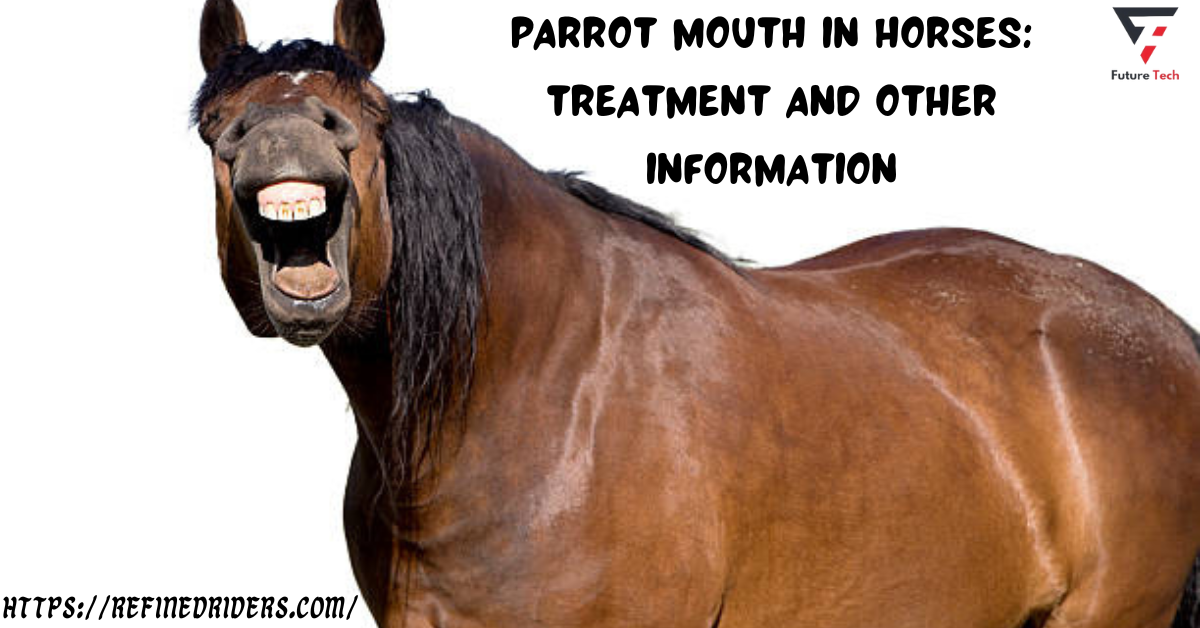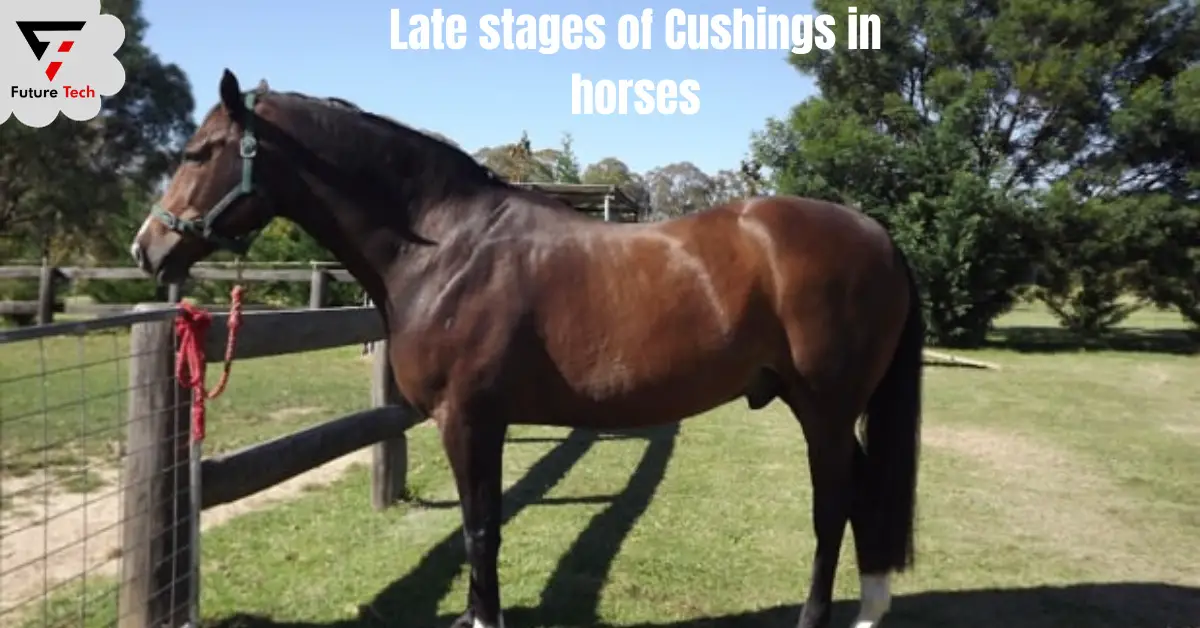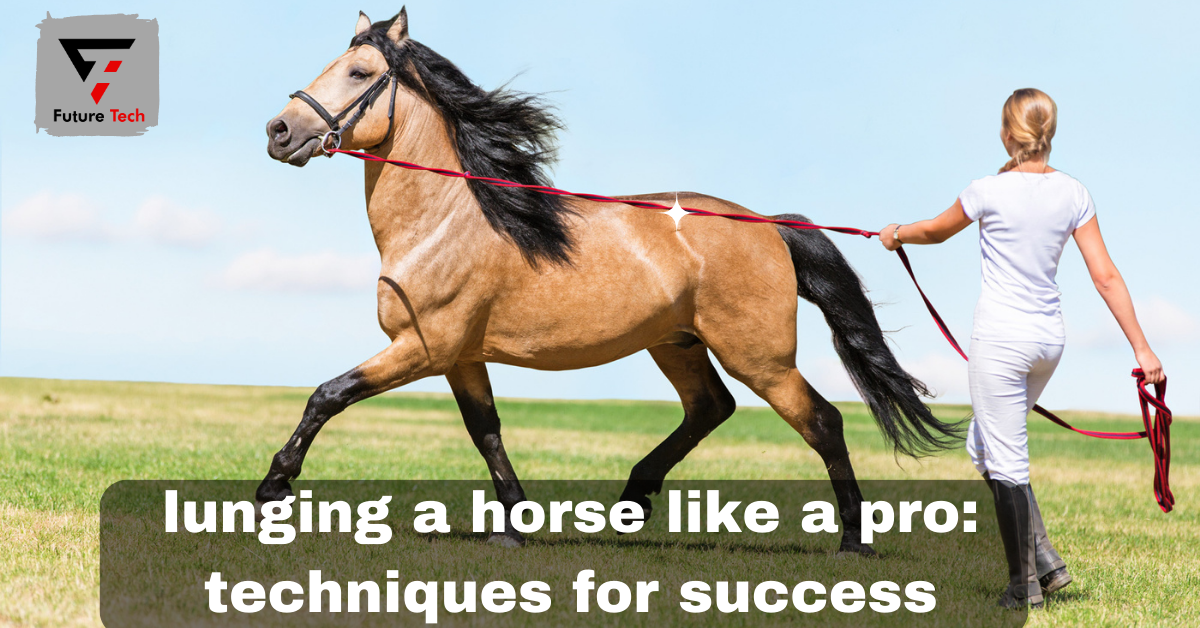In this article, I’ll describe a situation many horse owners have observed but not many understand. This is mainly because there are still a lot of unanswered questions about the illness. Thorough and accurate solutions to these issues need reasonable scientific research. Other terms for parrot mouth include brachygnathism, overshot maxilla, buck tooth, undershot jaw, and overbite. The upper incisor teeth of a parrot’s mouth project more forward than the lower teeth do.
Of course, parrot mouth comes in a range of severity, from mild to severe. The lower and upper incisors still meet in mild instances, but not precisely; in severe cases, they do not connect. Checking the horse’s incisor bite when its head is in its typical resting posture is crucial, so avoid raising it too high. Raising the head or extending the poll joint will cause a 3 to 10-mm caudal shift in the mandible or lower jaw. Conversely, the mandible, or lower jaw, advances as the head descends and the poll flexes.
The back-and-forth motion of the jaw as the head is lifted and lowered is referred to as the Rostro-Caudal Movement (RCM). This routine procedure is necessary to ensure the horse chews and feels comfortable while riding. Hence, although the majority of jaw movement during eating occurs laterally (from side to side), the lower jaw also moves somewhat forward and backward (RCM).
Any horse breed may have a parrot mouth with a 2–5% documented incidence rate. Considering that 2–5 horses out of every 100 have parrot mouths to some extent, this is rather substantial. When a horse is above 1-6 months old, parrot mouth appears on the animal, commonly absent in a newborn foal.
What is a Parrot Mouth in Horses?
Horses with parrot mouths, where the top and lower teeth do not meet, have a mouth deformity resembling an overbite or underbite. “No occlusal contact between the upper and lower central incisors” is the definition of parrot mouth given by the American Association of Equine Practitioners.
What is Buck Teeth in Horses?
The colloquial phrase for parrot mouth is “buck teeth.”Buck teeth are the teeth of a horse with an overbite. Horses with “buck teeth” usually have teeth that protrude beyond the lower lip. Most horses with parrot mouths do not have an overbite that is so extreme as to jut over the lower lip.
Wry Nose in horses
One side of the face’s upper jaw bones is shorter than the other, a characteristic of a disorder called campylorrhinus lateralis, or crooked nose. This might result in a highly noticeable malformation that makes feeding challenging. If the foal has a markedly deformed nasal septum, it may also have moderate to severe respiratory problems. Equine dentists have created methods to assist foals in breathing and feeding correctly as they grow and improve their outward appearance.
Although congenital anomalies such as parrot mouth are widespread, it’s essential to realize that many patients may have happy lives as pleasure and performance horses if they get the proper treatment.
What if Your Horse Has Parrot Mouth?
If your horse has a parrot mouth, the best course of action is to have an equine dental professional check on him regularly. Work on a plan for regular flotation with the equine dentist for your horse. With the proper dental treatment, horses with parrot mouths may cope with the disease more readily. They do not wear down like teeth in a typical horse because there is no occlusal contact with the top and bottom teeth. This implies that to prevent gum problems, the dentist must file them regularly.
The rear teeth will not line correctly, apart from the need to file down the front teeth. The horse dentist will also remove any overgrowth or hooks in the rear teeth at each floating. Consult your equine dentist and veterinarian to determine whether your horse has further health issues.
Treatments for Parrot Mouth
Exceptional performance floating by a licensed veterinarian or horse dental professional will significantly improve moderate instances. It is feasible. However, it could need many procedures. In mild situations, some contact between the incisor teeth (front nippers) may occur, but not 100%.
It is essential that the floating properly attends to the resulting overcrowding of teeth and promotes the mandible’s (jaw’s) rearward displacement. These overgrowths include excessive transverse ridges on the cheek teeth, lipping of the incisors, and hooks on the cheek teeth. Of course, one must also take care of the jagged enamel tips.
Orthodontic methods are often necessary for more severe instances. However, as the horse matures, the proprietor must remind him or her to request exceptional dental care. Possible progress could be substantial. Notably, breeding from these parrot-mouthed horses requires careful consideration since it’s possible that they are the result of genetic “mismatching” or heritable disorders.
Orthodontic methods are oral wiring and plating procedures. These procedures need the expertise of a qualified and experienced veterinary surgeon since they are challenging to execute. These orthodontic procedures have greater utilitarian than aesthetic outcomes and may have adverse repercussions. As the jaw expands, the orthodontic wiring operation becomes very expensive and requires many general anesthetics, which might take months or years to complete.
Starting it early is necessary, but the foal must be able to consume creep foods like chaff and pellets. The fact that poorly parrot-mouthed horses sometimes live into their late teens is not shocking. They can get by in the paddock year after year with strict dental care.
What If The Horse I Am Considering Buying Has Parrot Mouth?
Never, ever would I knowingly purchase a parrot mouth horse—not even a gelding. The veterinarian advised me that he would need expert care at least twice a year because of the uneven wear on his teeth. Because of how the joint sits, he would probably have problems under the saddle and maybe develop early-stage arthritis in his jaw. Plus, he probably wouldn’t feel comfortable wearing a bit.
That’s a choice that every horse buyer must make for himself. You should do a thorough study and have the horse in issue examined by a veterinarian before purchasing if you are thinking about getting a horse with a parrot mouth.
Hindsight In My Purchase of a Horse with Parrot Mouth
If I had viewed this horse in person, I would never have bought him. If the problem had gone unnoticed, I would have settled with the veterinarian if I had obtained a second opinion. When I sold him to be a riding horse, I only received 20% of my money back. Here are some images for those who don’t know what an overbite in a horse looks like.
Pictures of AQHA Colt with Parrot Mouth
The front incisors of this specific colt were free of occlusion. In other words, none of his upper teeth made contact with his lower teeth. That was the situation with this youngster, but it’s not clear from the photos. It seemed decent, depending on the perspective, so I snapped three photos.
You must constantly examine the horse’s teeth in person before purchasing it. A seller might have easily turned the horse’s head and taken a photo similar to the one below, making the overbite seem less severe than it is.
Summary
Parrot mouth in horses is a condition where the upper incisor teeth project more forward than the lower teeth. This condition can range from mild to severe, with no occlusal contact between the upper and lower central incisors. The American Association of Equine Practitioners defines parrot mouth as “no occlusal contact between the upper and lower central incisors.” Buck teeth, also known as parrot mouth, are the teeth of a horse with an overbite, usually protruding beyond the lower lip. Horses with parrot mouths may not wear down like teeth in a typical horse. So, regular dental treatment is necessary to prevent gum problems. The dentist will remove any overgrowth or hooks in the rear teeth at each floating. Consult your equine dentist and veterinarian to determine if your horse has further health issues.
Campylorrhinus lateralis, or crooked nose, is a disorder in horses where one side of the face’s upper jaw bones are shorter than the other. This can result in a noticeable malformation, making feeding difficult and potentially causing respiratory problems. Equine dentists have developed methods to help foals breathe and feed correctly as they grow and improve their appearance.




